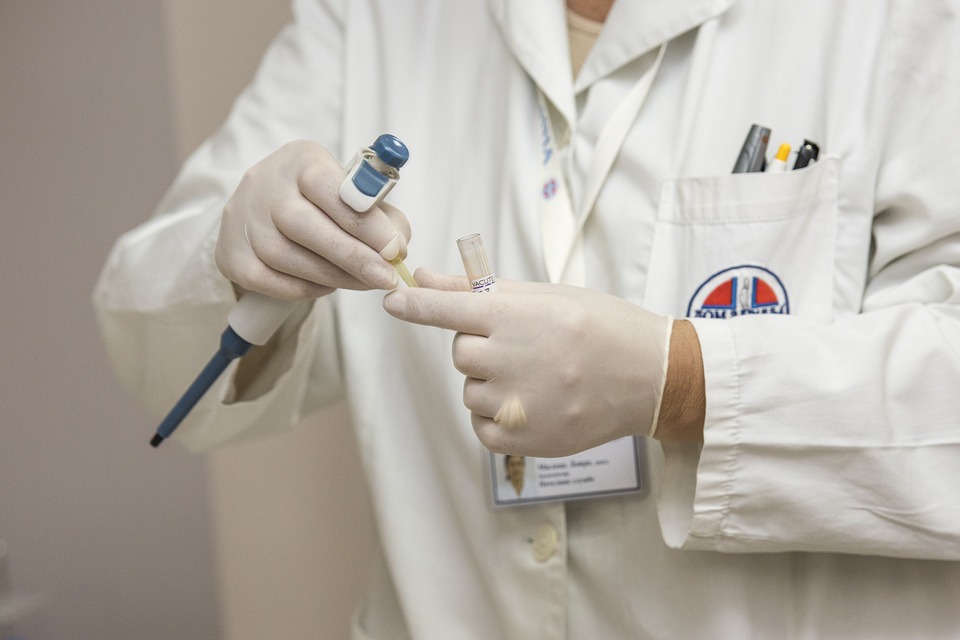Compared to those who had a first-degree relative with diabetes, those who did not were less concerned that they might have diabetes, reported a poorer understanding of the disease, and were less emotionally affected by the possibility of a future diagnosis.
Recent research published in The Diabetes Educator by Dr. Shiela Strauss, associate professor of nursing and co-director of the Statistics and Data Management Core for NYU’s Colleges of Nursing and Dentistry, along with a team of NYU researchers, reveals differing perceptions among adult populations at-risk for diabetes that may offer new approaches to diabetes education and prevention.
“We found that there are differences in the perceptions of those who are at risk for diabetes that depend on the specific characteristics that place them at risk,” said Strauss.
Illness perceptions, the organized cognitive representations and beliefs that people hold about a condition, are recognized as important determinants of self-care behaviors and outcomes in patients. The way that people mentally represent their conditions has a concrete effect on the way that they manage these conditions and therefore on their prognoses.
With illness perceptions strongly linked to patient outcomes, Strauss’ research, the first in the field to examine illness perceptions in persons at-risk for diabetes based on their individual risk factors, may be influential in designing care to better fit patients on a case-by-case basis.
Strauss, along with Dr. Mary Rosedale and Ms. Navjot Kaur, assessed each participant’s general diabetes knowledge and administered a questionnaire to measure eight dimensions of diabetes illness perceptions among the sample. These data were then used to examine statistically significant differences among the eight dimensions of diabetes illness perceptions according to the presence or absence of their diabetes risk factors.
Among the findings, researchers noted that compared to those who had a first-degree relative with diabetes, those who did not were less concerned that they might have diabetes, reported a poorer understanding of the disease, and were less emotionally affected by the possibility of a future diagnosis.
Continue Reading Below ↓↓↓
There was also a statistically significant difference in the same three components of illness perceptions according to Latino ethnicity. In particular, those of Latino ethnicity were more concerned that they might have diabetes, reported that they had a better understanding of diabetes, and were more affected emotionally by the possibility of having diabetes, when compared to those not of Latino ethnicity.
The study also found that individuals with a body mass index (BMI) of 25 kg/m2 or more believed that diabetes would have a greater effect on their lives if they developed it, and demonstrated a greater understanding of diabetes when compared to those with a lower BMI.
In addition, persons of at-risk races (black, Native American, Asian, Pacific Islander), as compared with those whose race did not place them at increased risk for diabetes, believed that diabetes would endure for less time, that they would have more personal control over diabetes, that treatment would help their illness, and that they had a better understanding of diabetes.
Due to the progressive nature of diabetes, Strauss stresses the importance of understanding illness perceptions and self-care. According to Strauss, “tailoring diabetes education and outreach to an individual’s perceptions of diabetes can maximize self-care behaviors, and reduce adverse outcomes.”
Because individuals with pre-diabetes–a precursor to diabetes that is characterized by early metabolic abnormalities–may be able to reverse the course of the condition and prevent it from developing into diabetes, Strauss suggests that tailoring diabetes education and outreach to an individual’s perceptions could positively transform the field’s approach and effectiveness in treating the growing diabetes epidemic.
The findings of this study indicate that some diabetes illness perceptions among those at risk for diabetes or with prediabetes may be different from those with frank diabetes. “It is important for diabetes educators to recognize that these differences exist and to incorporate these differences in their patient education. It’s not one size fits all,” says Strauss.
This research fits into a larger public health mission to identify people with unrecognized diabetes and prediabetes. According to Strauss, the first step in addressing the diabetes epidemic is finding the individuals who are unaware of their condition–whether it be diabetes, or prediabetes–because so many remain uninformed about their condition. In previous studies, Strauss and her colleagues have shown the dentist’s office to be an opportune site to screen for diabetes.
Researcher Affiliations: Shiela M. Strauss, PhD, Associate Professor, NYUCN; Mary Rosedale, PhD, PMHNP-BC, NEA-BC, Assistant Professor NYUCN; Navjot Kaur, BS, RN, NYUCN.
Funding for this study was provided by the National Institute of Dental and Craniofacial Research (grant no. 1R15DE023201).
Source: <arel=”nofollow” href=”http://www.nyu.edu ” target=”_blank”>New York University
Continue Reading Below ↓↓↓











